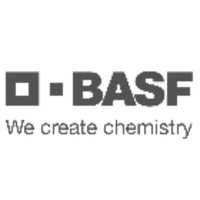Halogen-free Flame Retardants: Optimal Selection for Better Performance
Package Includes
6 months access to Course Recording, Presentation Slides, Q&A Transcript
Course Description
Get a grip over your flame-retardant selection strategies by learning about halogen-free alternatives (phosphorus, silicates...) their chemistries & problems with currently available commercial technologies to incorporate for your polymer, adhesives, sealants and coatings applications.
T Richard Hull will help you understand the impact of FR (loading %, toxicity level...) on different polymers and the environment. He will also lay focus on polymer decomposition & FR activity, gas phase flame retardants, cone calorimetry, intumescence and more.

T Richard Hull
University of Central Lancashire (UCLan)Participants of this course includes





Why should you view this course?
Who should join this course?
-
This course is suitable for intermediate level proficiency
Intermediate

